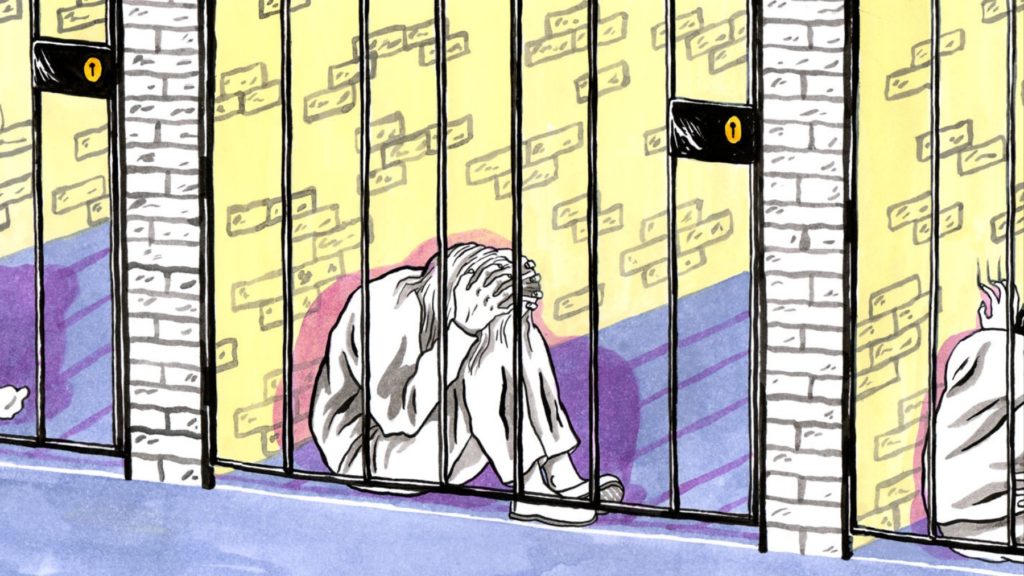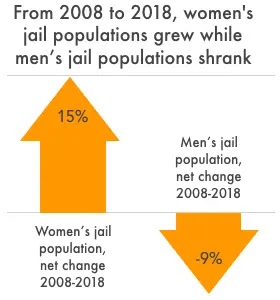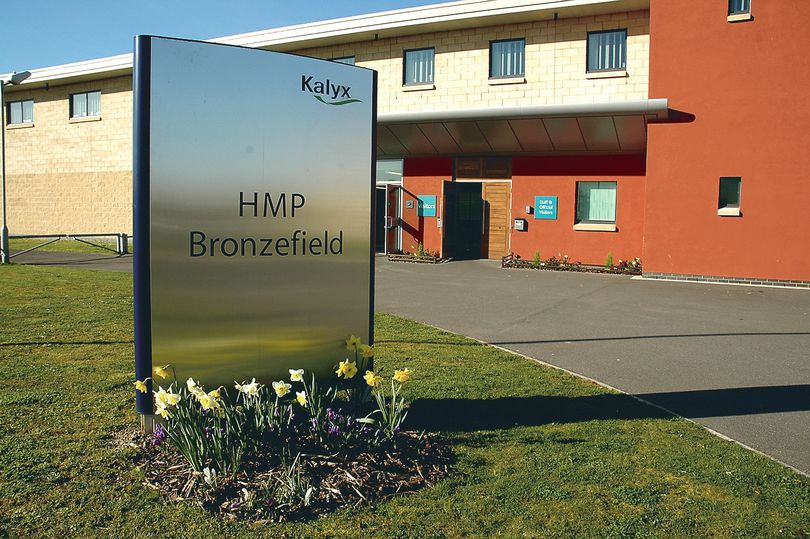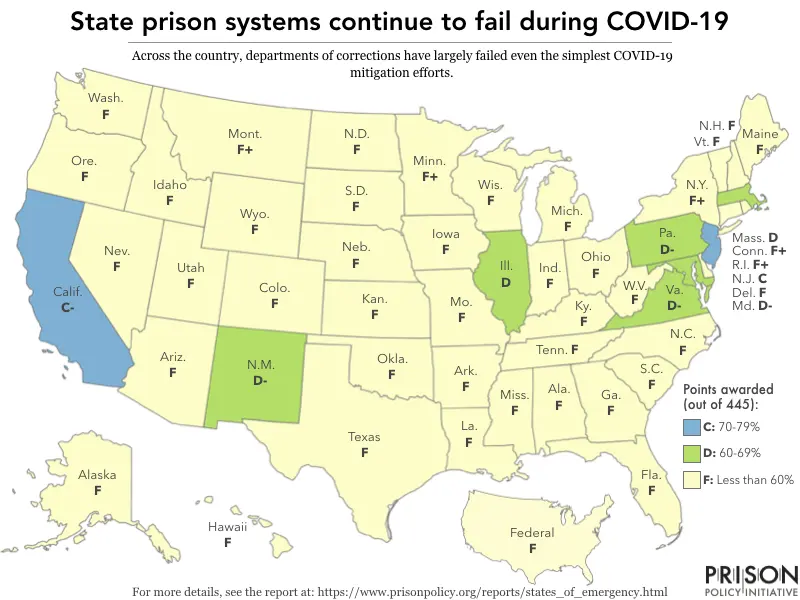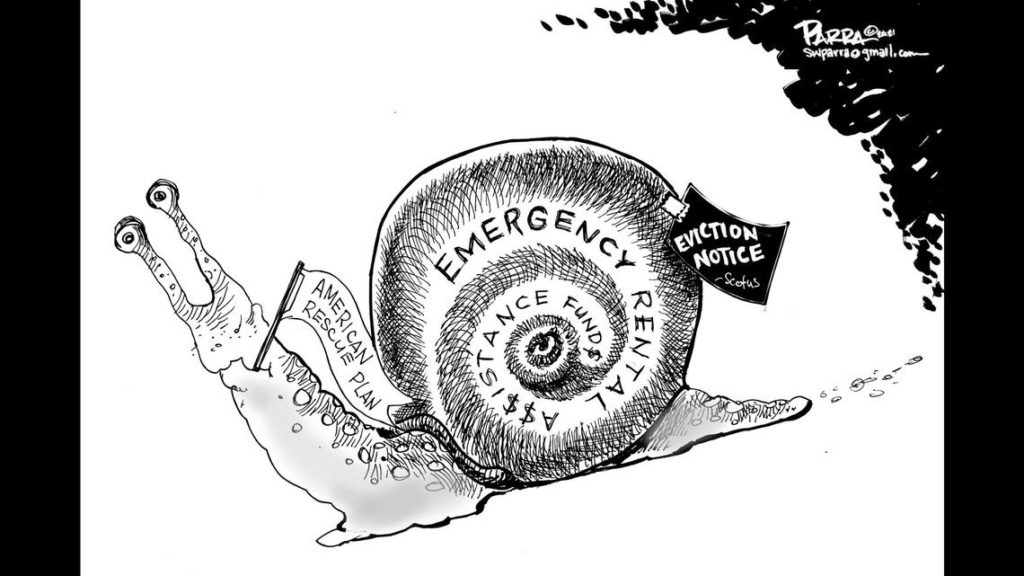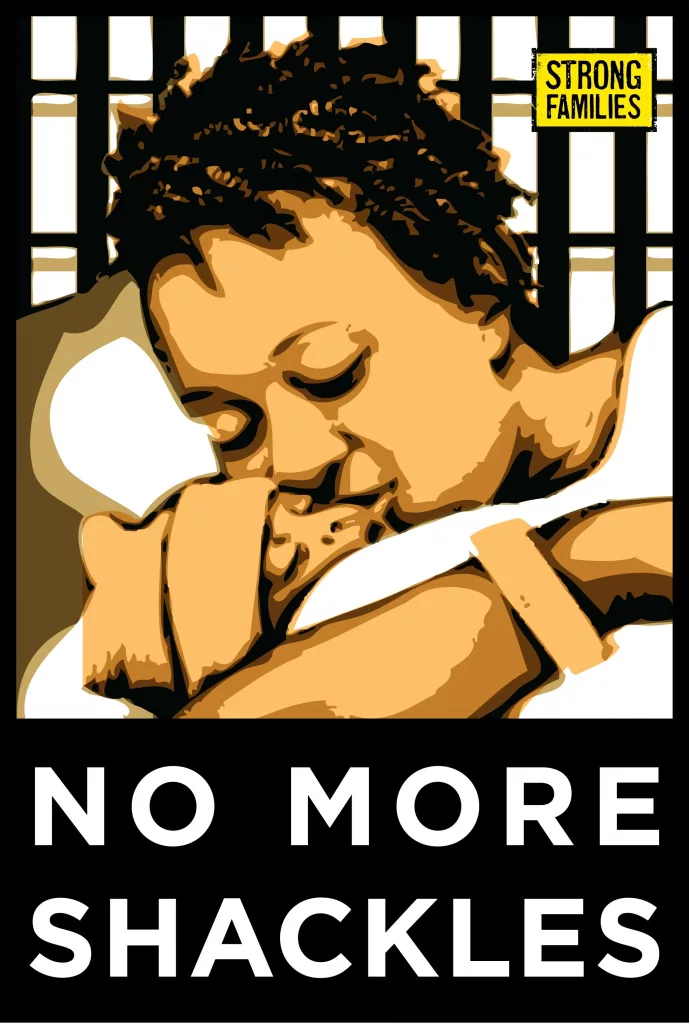
On January 7, 2020, police in Dayton, Minnesota, in Hennepin County, broke into a home thinking a resident was involved in the purchase of a stolen snowblower. He wasn’t, but no matter. The police broke in. The house was occupied by a couple, both 26 years old, who were expecting the birth of their first child, in two weeks. The man was taken to jail and booked on charges that, after a year and a half, were dropped. The woman was taken, in handcuffs, and dumped in the Hennepin County Jail. There, staff ignored her pleas for help. When she described her excruciating back pains, she was told it was stress. When her waters broke, she had to prove she wasn’t lying, and then she was finally taken to the hospital, a few blocks away. Throughout the transport and most of the delivery, the woman was shackled. She is suing the local police and jail and others for violation of her Constitutional rights as well as denial of medical care. The jail says they take this all very seriously. Of course, they do. You can read the details of the story here. The thing is that, in 2015, Minnesota passed anti-shackling and pregnancy needs laws.
In 2015, Minnesota passed “An act relating to public safety; addressing the needs of incarcerated women related to pregnancy and childbirth”, which opens: “A representative of a correctional facility may not restrain a woman known to be pregnant unless the representative makes an individualized determination that restraints are reasonably necessary for the legitimate safety and security needs of the woman, correctional staff, or public. If restraints are determined to be necessary, the restraints must be the least restrictive available and the most reasonable under the circumstances. A representative of a correctional facility may not restrain a woman known to be pregnant while the woman is being transported if the restraint is through the use of waist chains or other devices that cross or otherwise touch the woman’s abdomen or handcuffs or other devices that cross or otherwise touch the woman’s wrists when affixed behind the woman’s back.” This act was passed unanimously.
At no time did anyone say that the woman in question was a threat or danger or a risk of flight. In fact, she was described by jail records as “cooperative with staff throughout the entire process.”
After a long and arduous labor, the woman gave birth to a healthy child … in a toxic environment. The father remained in jail for days; the traumatized mother went into depression. A month later, U.S. Customs and Immigration rejected her green card application, claiming she had been charged with assault. She had never been charged with assault … or anything else. She was cooperative with staff throughout the entire process.
The woman appealed the rejection and won the appeal.
The thing is that, in 2015 Minnesota passed anti-shackling and pregnancy needs law. In July 2021, the Minnesota legislature debated ending the shackling of juveniles in court. In August, the Minnesota Supreme Court issued a ruling that barred the use of handcuffs, shackles, and other restraints on juveniles in court. In 32 states and the District of Columbia, legislatures or courts decided to “prohibit the use of unnecessary restraints” on juveniles in court. The District of Columbia and 31 states prohibit or limit shackling pregnant women. What do these laws and court rulings mean when staff ignore them? What do they mean to those giving birth, their families and communities? As well, what do they tell us about the rule of law? Why do we have a greater investment in shackles and handcuffs than we do in law and justice? What will it take to break the chains, once and for all? It should not be this difficult to stop shackling women in childbirth. I should not be this difficult to stop shackling pregnant women. She was cooperative with the staff throughout the entire process.

(By Dan Moshenberg)
(Image Credit: Radical Doula) (Photo Credit: Kare 11)
